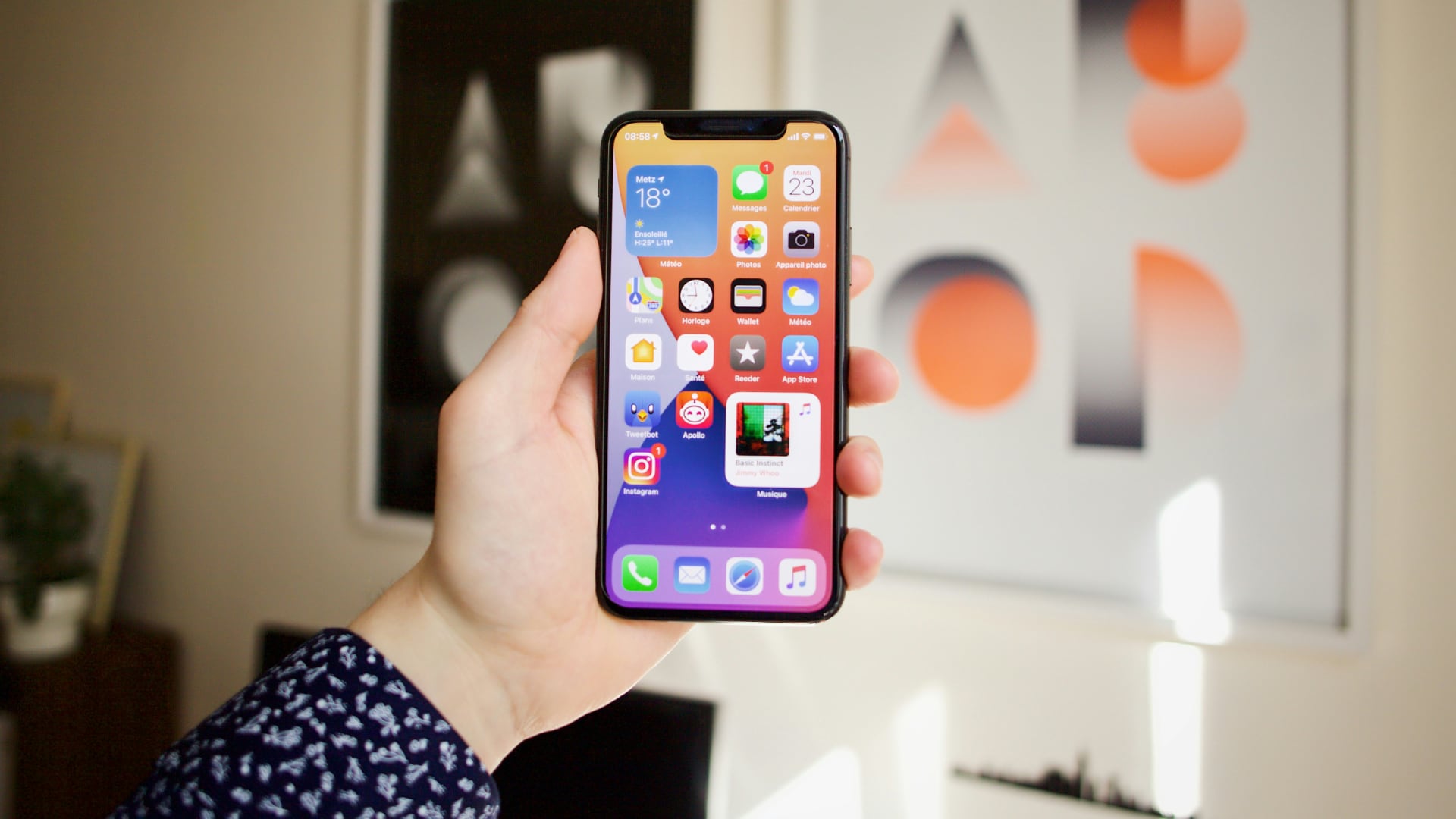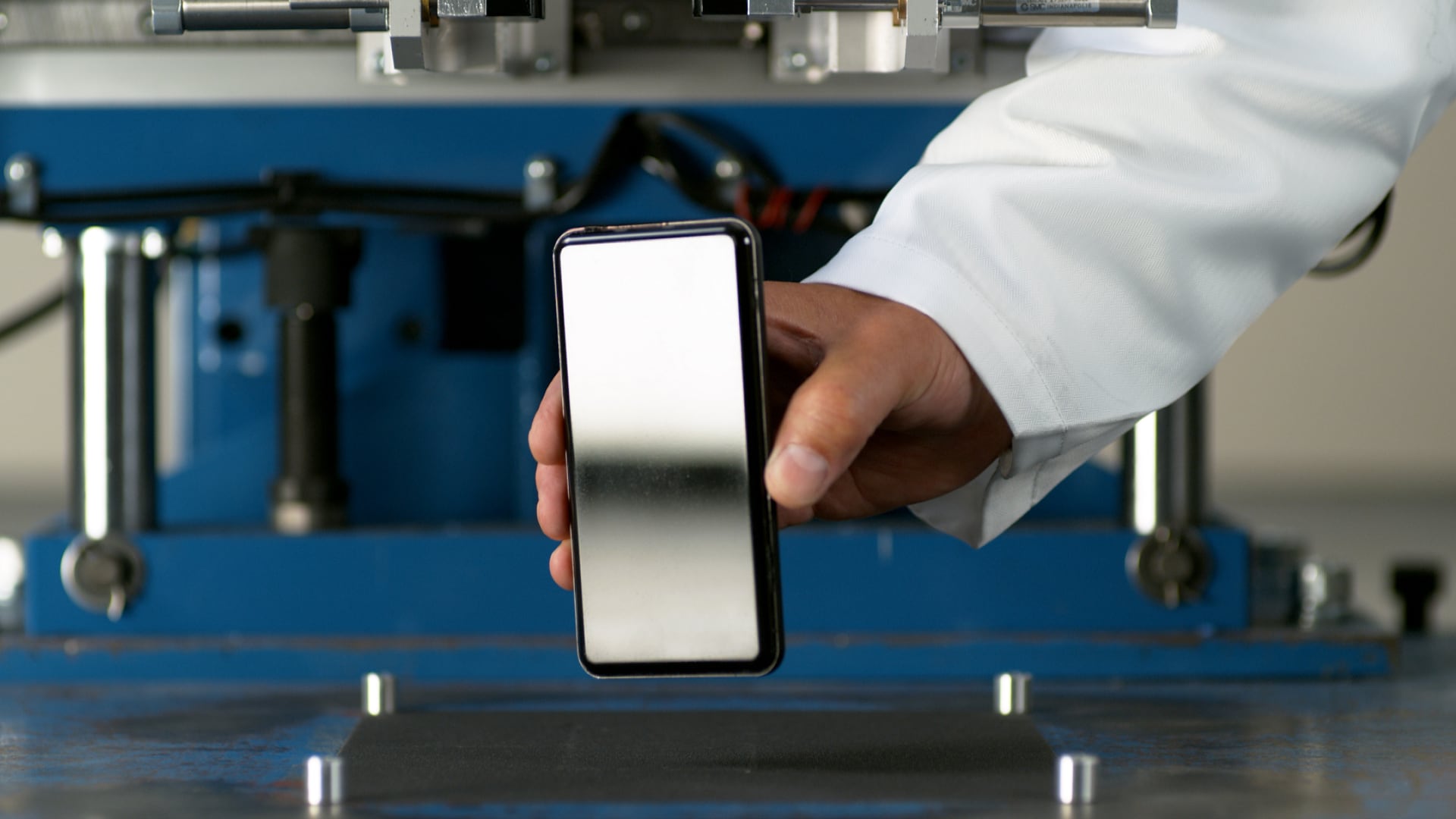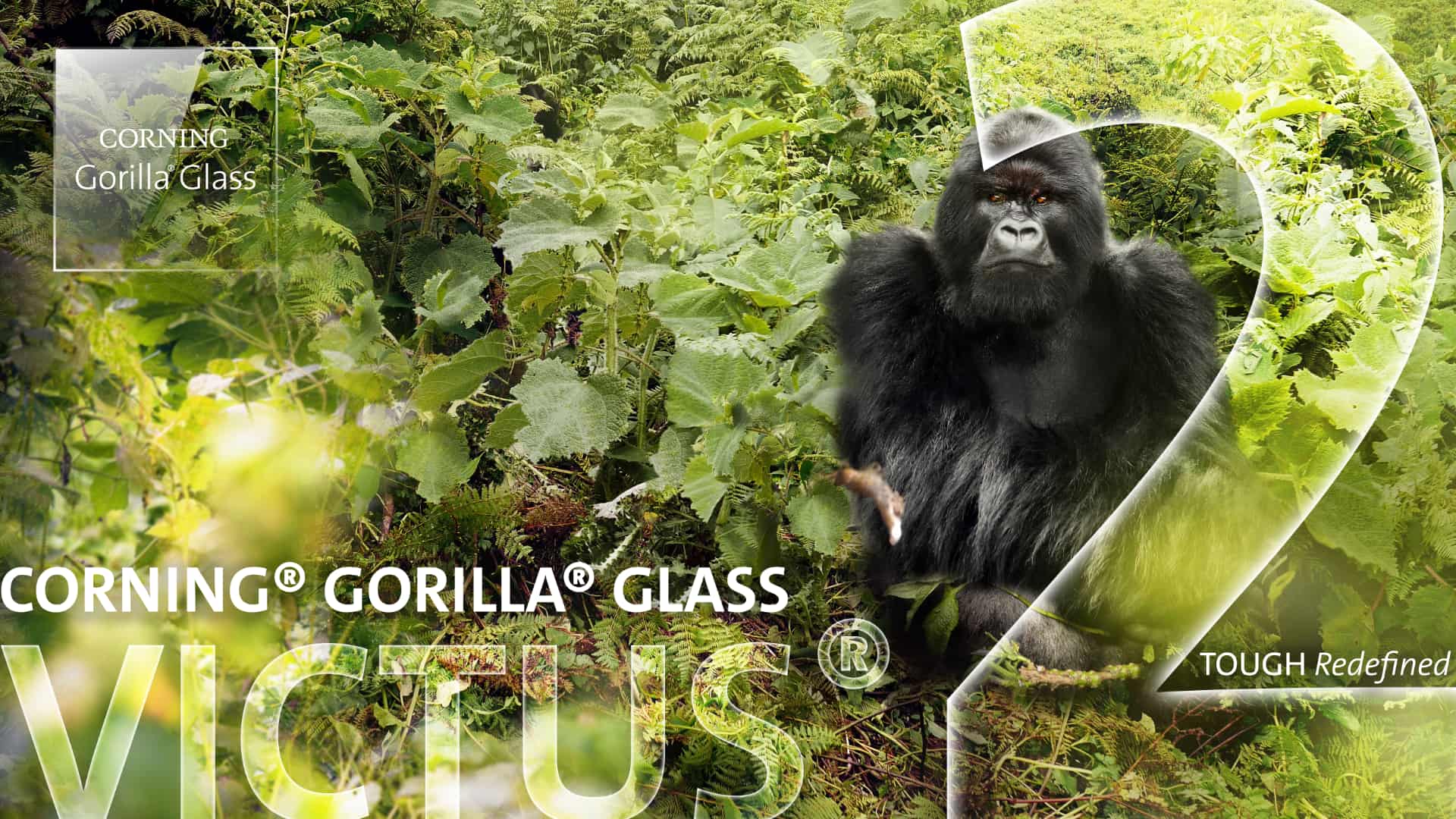Apple’s iPhone 17 lineup should adopt a new type of protective display cover glass, which is said to be significantly more scratch-resistant while reflecting less light.

Leaker Instant Digital wrote on the Chinese social network Weibo that the Cupertino company spent billions on “coating equipment in Japan” to create a “super-hard anti-reflective layer” for display cover glass. The result should be a much more scratch-resistant iPhone with a significantly decreased light reflectance.
The leaker went on to suggest that people will be able to use the iPhone 17 models with “zero scratches on the screen,” indicating that those models might not need a screen protector at all to protect against dings and scratches.
iPhone 17: Stronger cover glass, but finger-oil issues remain
But this stronger glass could also show finger oil marks sooner than the current one. The iPhone’s cover glass features a so-called oleophobic coating which creates a surface that isn’t adhesive to oils from your fingers.

Oleophobic coating isn’t under warranty. While it’s possible to renew a depleted oleophobic coating on an iPhone, this isn’t worth it given the high prices of professional oleophobic coating replacements.
A short history of iPhone’s cover glass
All iPhones use protective material dubbed Gorilla Glass from Corning, developed in co-operation with Apple. But instead of advertising using Gorilla Glass, Apple picked its own marketing name for the material: Ceramic Shield.
Apple began using the Corning Glass term with the introduction of the iPhone 12 models in 2020. Since then, Apple has invested in Corning several times through its Advanced Manufacturing Fund. According to Apple, Ceramic Shield on the iPhone 15 models is “tougher than any smartphone glass.”
Ceramic Shield incorporates ceramic nanocrystals embedded in the glass matrix. Apple claims that Ceramic Shield has four times better drop performance compared to iPhone 11. While drop tests can be quite misleading, there’s no doubt that Ceramic Shield is much stronger and more scratch-resistant than the first chemically strengthened glass developed for the original iPhone, Gorilla Glass.
Gorilla Glass Armor and Victus
Many smartphone makers utilize some form of protective glass from Corning. Premium Samsung smartphones, for example, take advantage of Corning’s latest Gorilla Glass Victus, reinforced with aluminum silicate.
